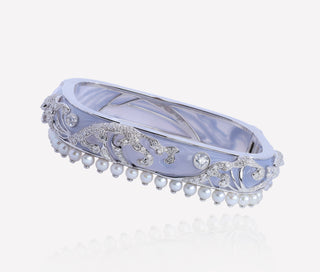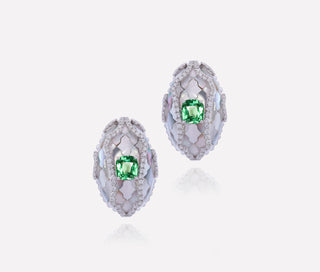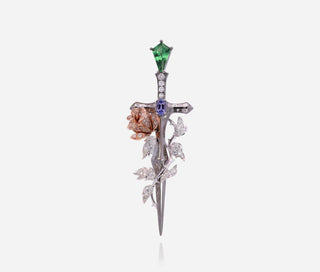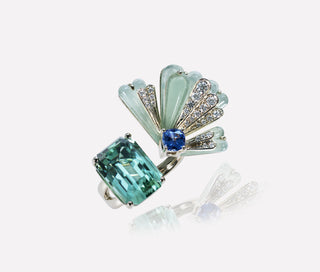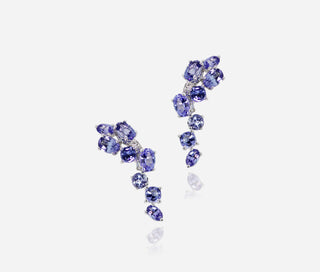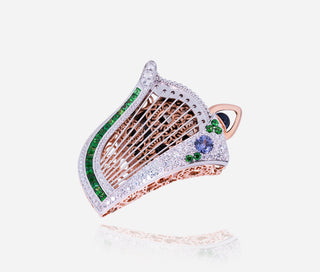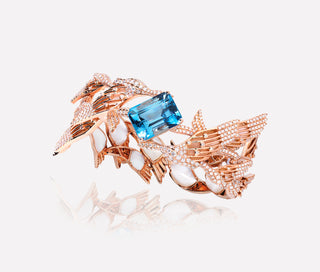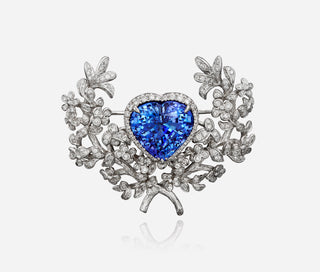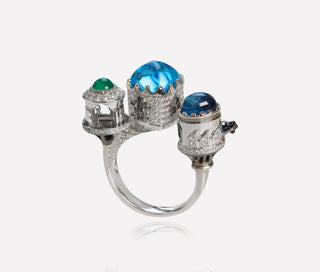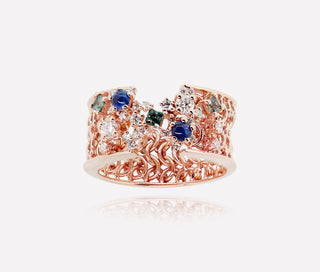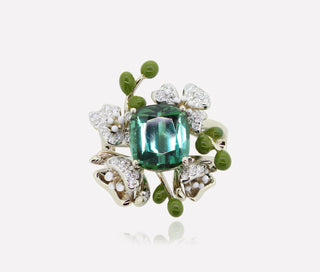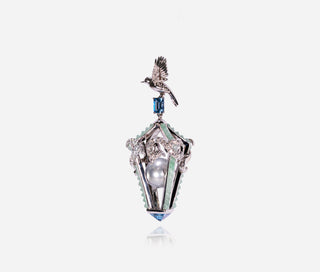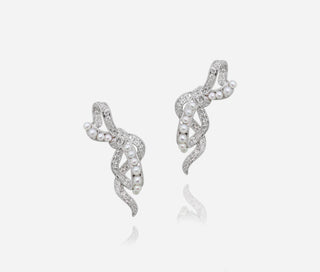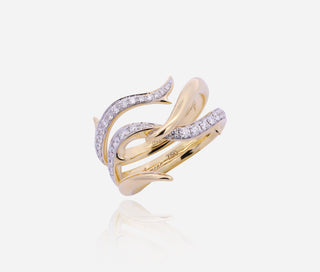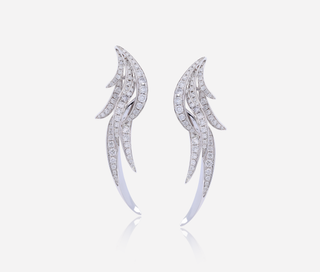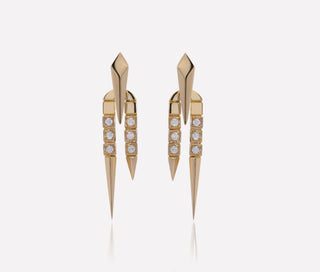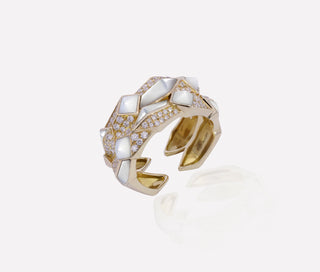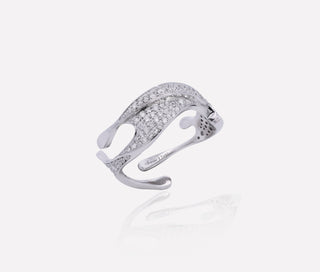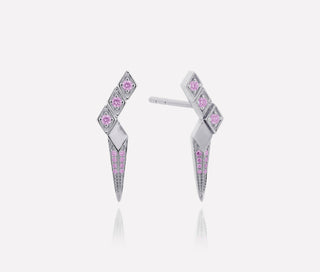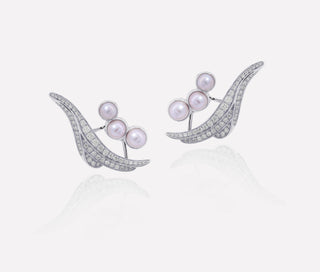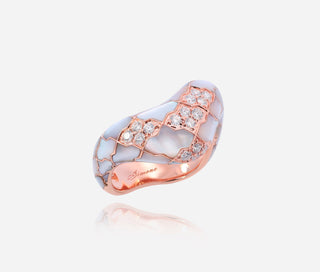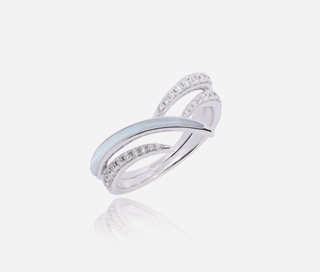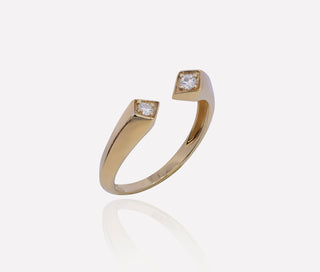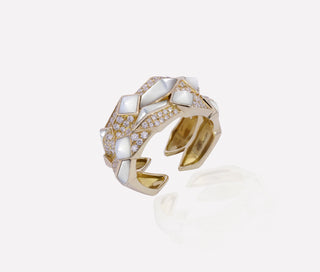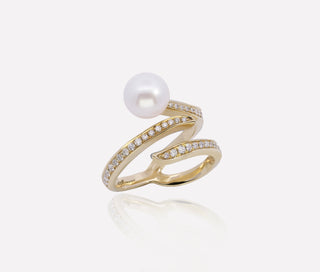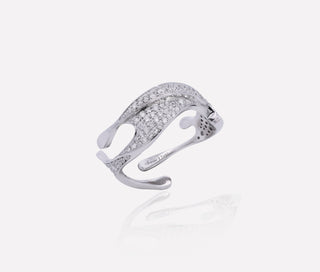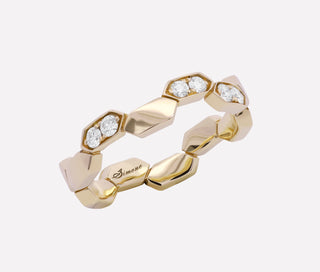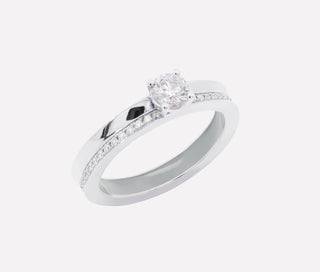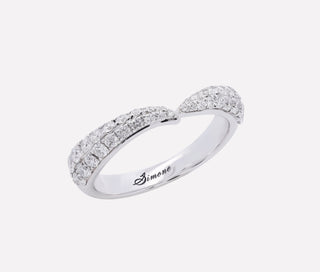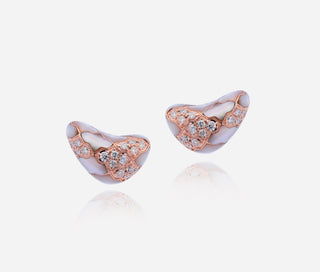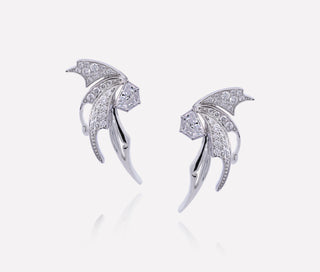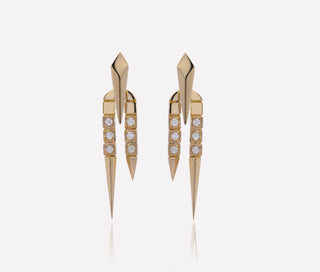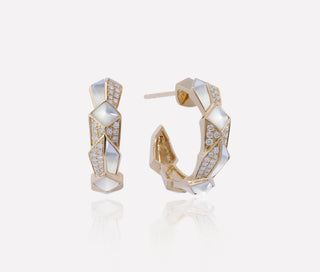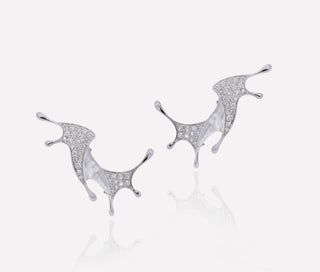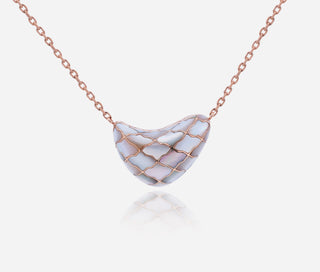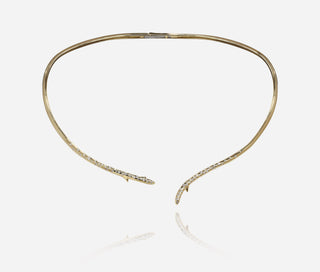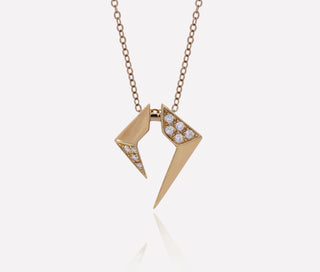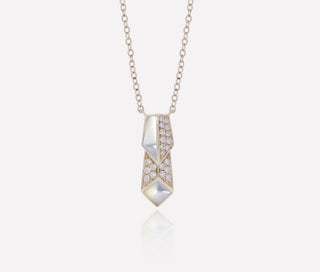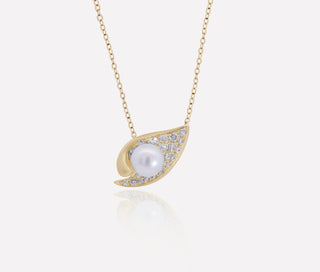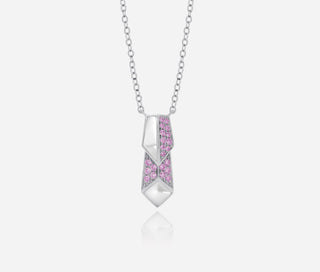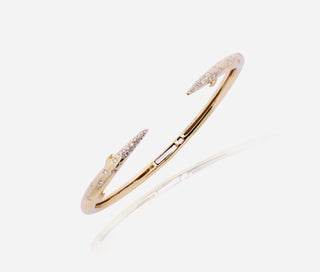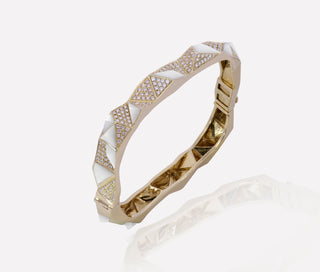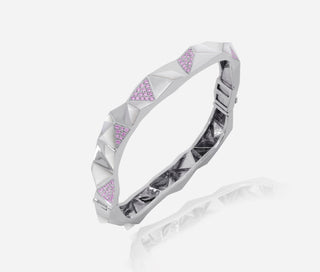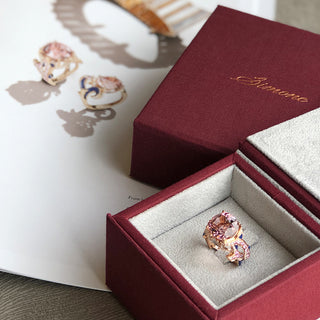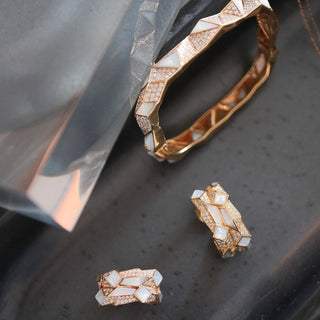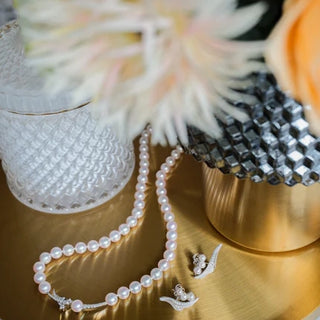
When it comes to coloured gemstones, which are “Precious” and which are “Semi-precious”?
These are burning questions for many people who are gaining interest in coloured gemstones but lack the knowledge and understanding of them.
The past decade has seen a resurgence in the popularity of coloured gemstones. This is thanks to an increasing awareness, primarily through the internet and marketing. In addition, many developments have boosted consumers’ confidence in coloured gemstones via certification, industry transparency, and gemmological reports.
How did the term “Semi-precious” gemstones come about?
Did you know that coloured gemstones have been sought after for centuries? In the past, they were worn by many for their talismanic properties and were believed to be gifts from God. Emperors and Empresses wore them to cement their status. In the early days, only a few gemstones were appreciated and understood by nobles and royalties. These are such as Diamond, Emerald, Pearl, Blue Sapphire and Ruby; hence dubbed “Precious” gemstones. The demand for these “Precious” gemstones became much sought after for the reasons above. Those who were less informed looked up to what the rich and famous wore.
Despite the existence of many other gemstones during the same period, there was a lack of information on them. Hence, they were stigmatised as “Semi-precious” gemstones until today.
Were coloured gemstones often identified wrongly in the past?
The answer is yes. In one example, Red Spinel were often mistaken for Ruby because of their similar properties and occurrence in the same geological environment. If you have heard of the famous “Black Prince Ruby” mounted on the British Crown, well, that turned out to be a glowing red uncut Spinel.
How is this significant for gemstone collectors?
There is no defined line between what is “Precious” and “Semi-precious”. This categorization was an effect of demand cause by what people in the past only had information to. The rest of the unknown gemstones were quickly assumed to be of lesser value.
Tourmaline is a great example of what people thought were worthless and “Semi-precious”. Did you know that the Paraiba variety is actually a highly-coveted Tourmaline? A fine piece of Paraiba can command a higher value than a diamond of a similar size and there’s no guarantee you can even get your hands on one as it is so rare! Only one paraiba is mined for every 10,000 diamonds, and top quality large stones can cost up to $60,000 per carat.
With increasing knowledge and awareness on “Semi-precious” gemstones, the demand for them will continue to increase. You’ll discover many are rarer that what you thought were “Precious”. Choose and research wisely before calling a gemstone “Semi-precious”.






